vijaythakur27
TPF Noob!
- Joined
- Oct 1, 2015
- Messages
- 29
- Reaction score
- 37
- Location
- Dharamshala, Himachal Pradesh, INDIA
- Can others edit my Photos
- Photos OK to edit
hi
i have a Nikon D7000 camera which i use for birds photography. i have sigma 150-500mm lens which i feel not producing the good result.. i m planing to change the siggy and need suggestions from experts . i m confusing in three lens
1. Nikon 200-500mm f5.6
2. Tamron 150-600mm f5-6.3
3. Nikon 300mm f4 prime with 1.4x tc
few sample images here from my d7000+sigma 150-500mm . i feel these pics r soft and not upto the mark..
kindly check the images and give ur valueable suggestions..
Sample images
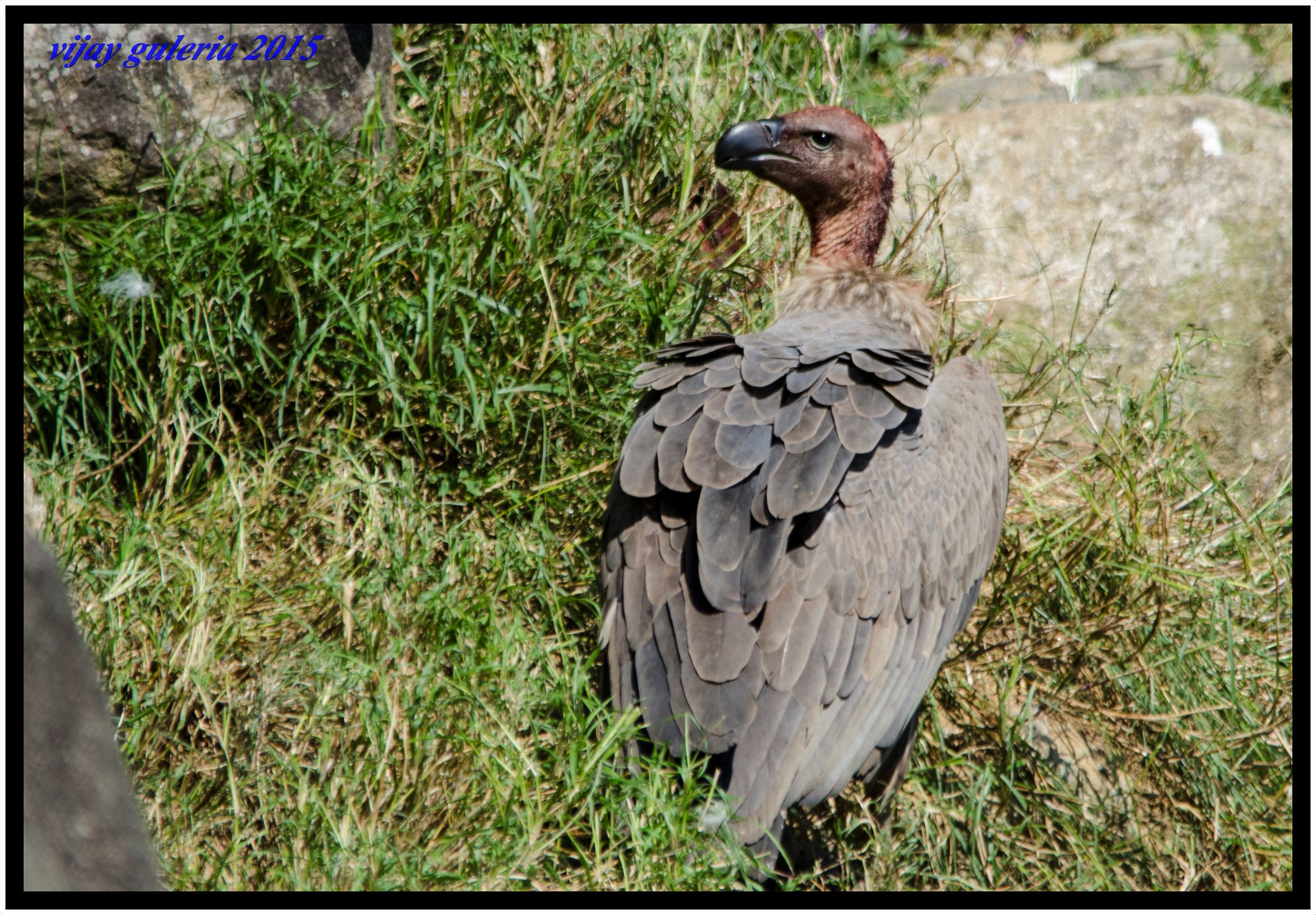 DSC_7876 by vijay kumar, on Flickr
DSC_7876 by vijay kumar, on Flickr
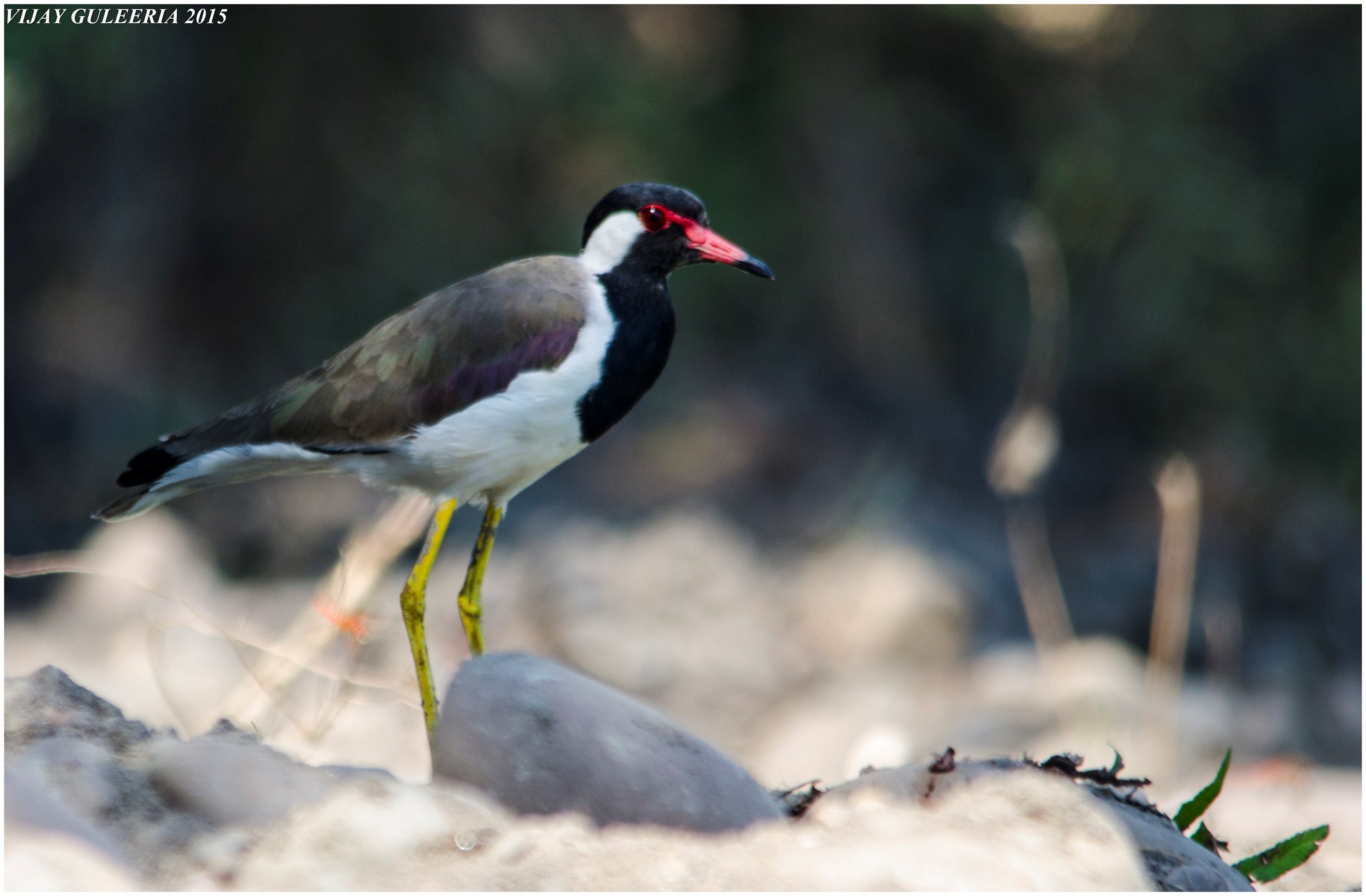 DSC_7060 by vijay kumar, on Flickr
DSC_7060 by vijay kumar, on Flickr
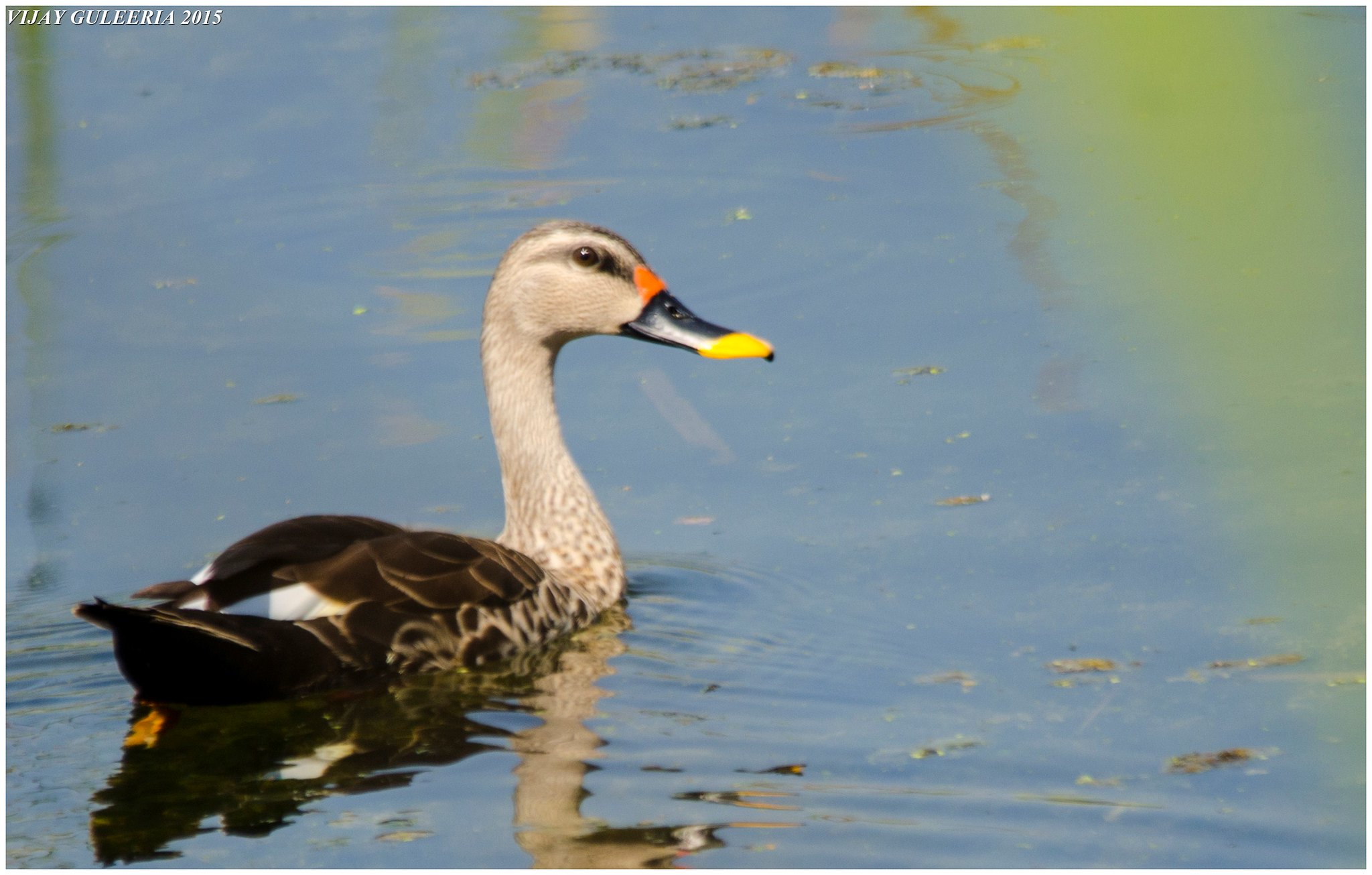 DSC_7106 by vijay kumar, on Flickr
DSC_7106 by vijay kumar, on Flickr
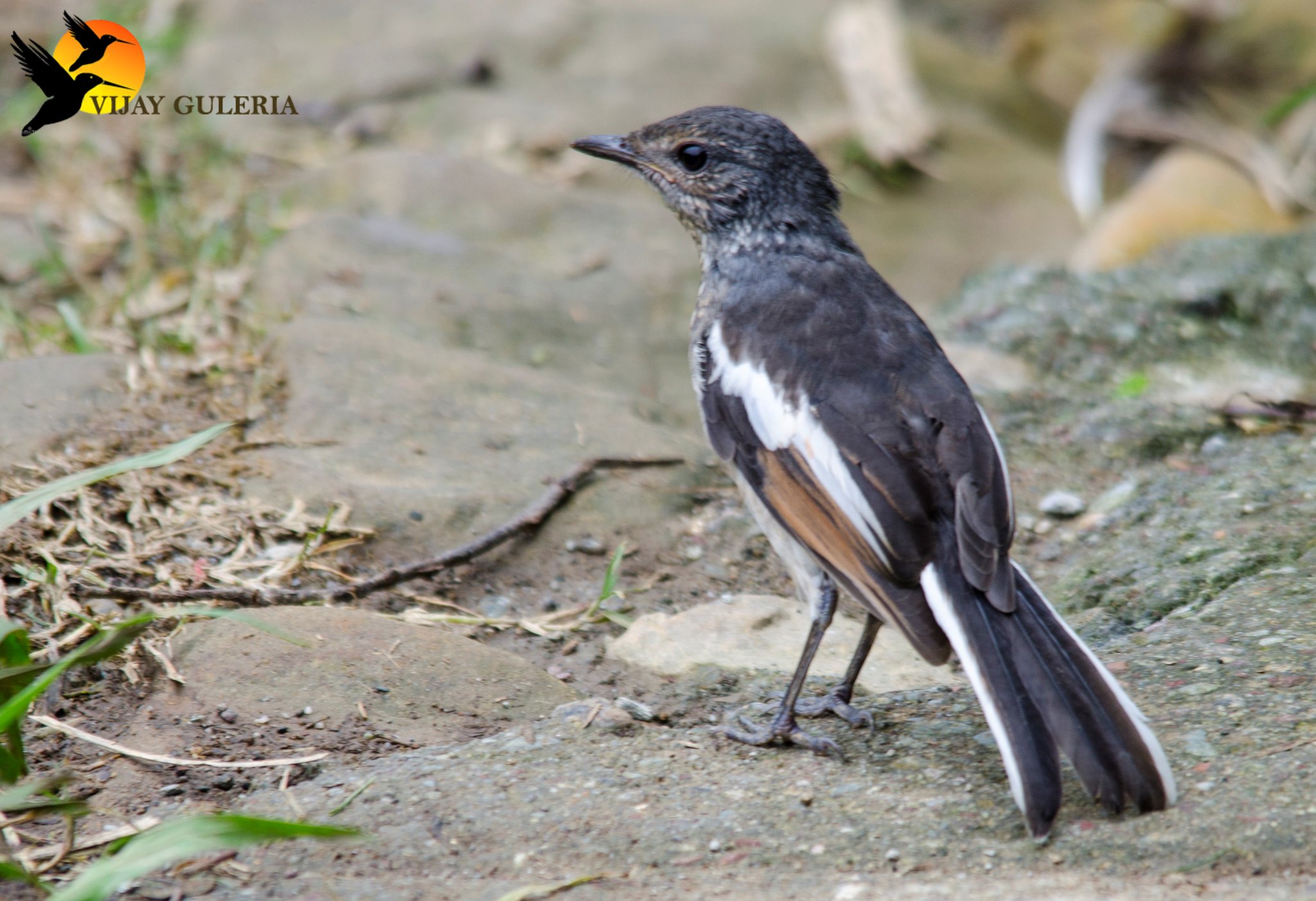 DSC_6211 by vijay kumar, on Flickr
DSC_6211 by vijay kumar, on Flickr
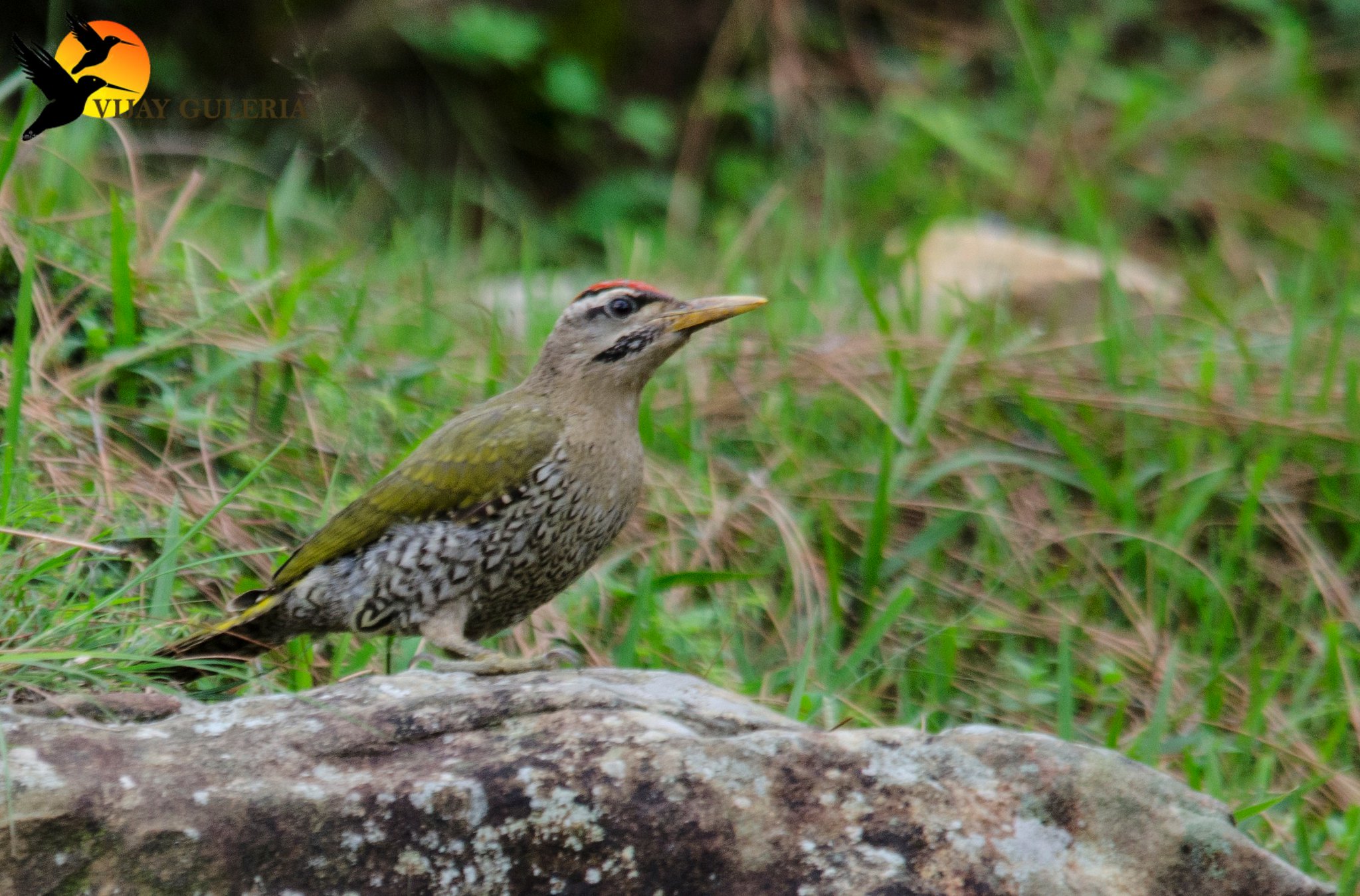 DSC_6173 by vijay kumar, on Flickr
DSC_6173 by vijay kumar, on Flickr
Thanks & Regards
i have a Nikon D7000 camera which i use for birds photography. i have sigma 150-500mm lens which i feel not producing the good result.. i m planing to change the siggy and need suggestions from experts . i m confusing in three lens
1. Nikon 200-500mm f5.6
2. Tamron 150-600mm f5-6.3
3. Nikon 300mm f4 prime with 1.4x tc
few sample images here from my d7000+sigma 150-500mm . i feel these pics r soft and not upto the mark..
kindly check the images and give ur valueable suggestions..
Sample images
 DSC_7876 by vijay kumar, on Flickr
DSC_7876 by vijay kumar, on Flickr DSC_7060 by vijay kumar, on Flickr
DSC_7060 by vijay kumar, on Flickr DSC_7106 by vijay kumar, on Flickr
DSC_7106 by vijay kumar, on Flickr DSC_6211 by vijay kumar, on Flickr
DSC_6211 by vijay kumar, on Flickr DSC_6173 by vijay kumar, on Flickr
DSC_6173 by vijay kumar, on FlickrThanks & Regards



![[No title]](/data/xfmg/thumbnail/42/42054-e8278f89f6a543cad8fd644e37b064f3.jpg?1734176439)



![[No title]](/data/xfmg/thumbnail/33/33875-e155733428c9a8d5f34bbc19e80e29a6.jpg?1734164220)




